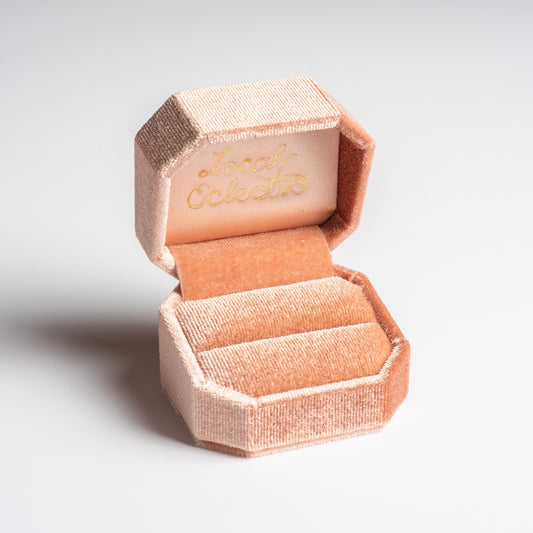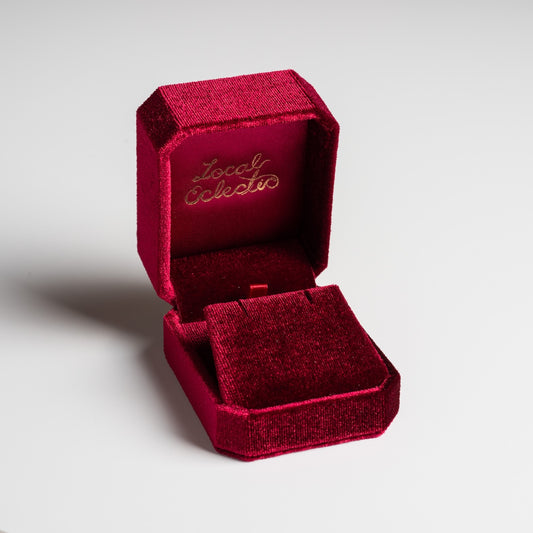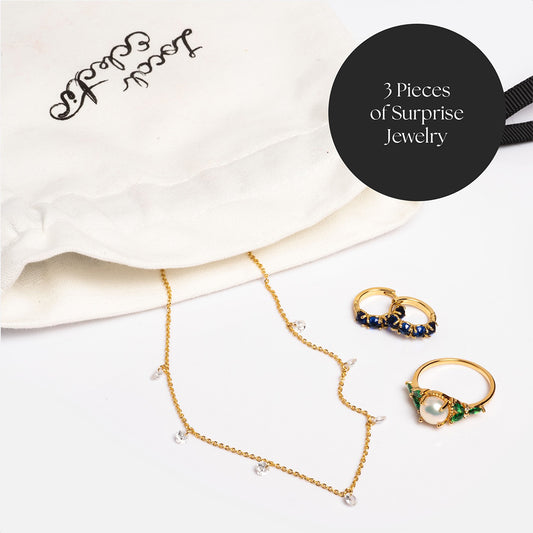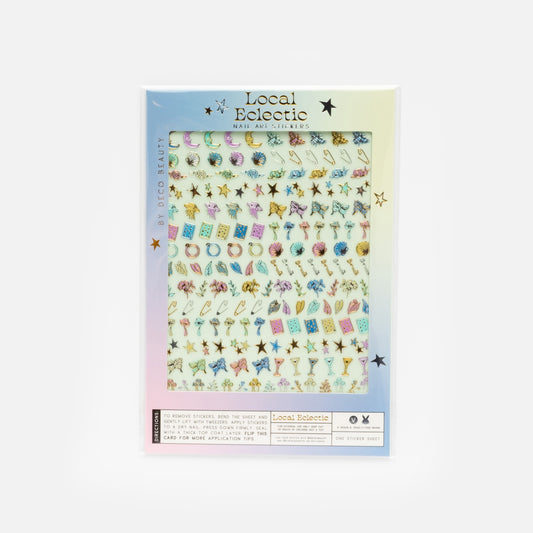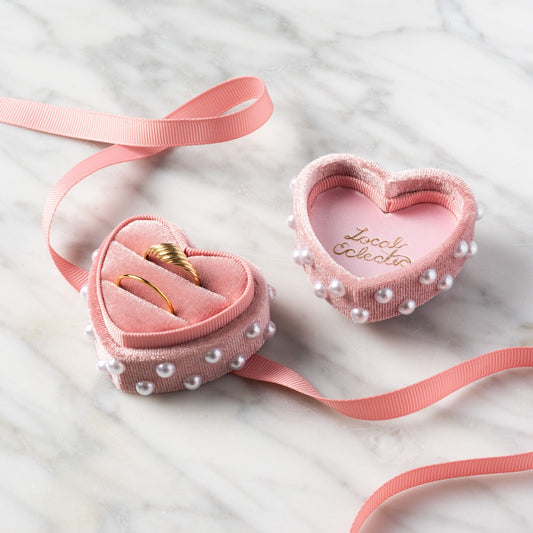When Cynthia Horrigan began her jewelry line, Ochre Objects, she did so with a passion for crafting ethically made goods. Based in Los Angeles, CA, the designer focuses on subtle lines and geometric shapes throughout her collections, all while utilizing the highest quality (and most ethically sourced) materials. For those of us that prioritize guilt-free shopping, Ochre Objects' delicate and timeless pieces are a must-have staple.
Why is it important for diamonds to be conflict-free?
In the late 1990s, the diamond trade came under fire when word spread that rebels in parts of Central and Western Africa were illegally using the diamond trade to fund conflict against legitimate governments. These rebels were implementing inhumane practices such as torture and slavery to extract diamonds and were using the diamonds to fund brutal civil wars. This is where the term "blood diamond" originated. In response to this crisis, the diamond industry, with the help of the UN, formed the World Diamond Council. They created the Kimberley Process, a certification process designed to ensure that all of the countries participating in the diamond trade are sourcing from non-conflict regions and without the use of inhumane labor practices. The Kimberly process brought worldwide attention to the destructive effects of irresponsible material sourcing and became a catalyst for change in the jewelry industry.
Why did you make the decision to only use ethically sourced stones?
Using conflict-free diamonds has always been important to me. I want to be conscious of where my materials come from and to make jewelry that does as little harm to humans and the environment as possible. When I started to learn more about the issues effecting the diamond trade, it became even more important to me to know exactly where my materials were coming from. I have been lucky enough to work with a diamond dealer that has been in the industry for decades and prioritizes responsible sourcing.
How does one go about ethically sourcing diamonds?
Thanks to the the Kimberley Process, conflict-free diamonds make up the majority of the diamond market now and are very available to designers to use in their work. At the moment, I’m striving to make my supply chain as transparent as possible and to go even beyond the use of conflict-free diamonds by working with my suppliers to source diamonds from countries like Canada and Australia, both of which impose strict regulations on the environmental and human rights impact of their diamond trade.
What’s involved in having a diamond certified as conflict-free?
To be certified as conflict-free, the rough diamonds are sealed in tamper resistant containers and certified conflict-free by a strict system of forgery-resistant documents and serial numbers. This documentation is re-certified each time a rough diamond crosses an international border. To further insure the legitimacy of the diamond trade, companies that sell diamonds must provide a written statement that their stones are sourced from areas free of conflict.
Are ethically sourced diamonds more expensive? How does the price compare to diamonds that don't have this certification?
Conflict-free diamonds are not necessarily more expensive, because they do make up most of the diamond market and the industry wants to keep them out of the supply chain. However, it is more expensive to source diamonds from certain countries like Canada, where supply is not as abundant and labor wages are higher.
We often hear “sustainable,” “ethical,” and “conflict-free” utilized interchangeably. Do you feel that this is accurate of what each word truly means and represents? If not, what is the difference?
Though they’re often thrown together, those three words don’t exactly mean the same thing. Conflict-free refers to diamonds that have been certified through the Kimberly Process. It can also be used to refer to gold that has been mined in regions that are not used to fund violence and corruption. However, the Kimberly process unfortunately does not address all of the problems prevalent in the diamond industry. Government-motivated violence, environmental destruction, human rights abuses, and a lack of transparency continue to plague the industry to this day and so "conflict-free” is not always synonymous with “ethical” and “sustainable.” The practice of mining is not a sustainable one in any way so it can be hard to create fully sustainable or ethical jewelry when using natural materials. I do think the industry is making strides at the moment and moving in a direction that is healthier both for humanity and the planet, though there is still a lot of work to be done. The jewelry world is still very much shrouded in mystery, especially when it comes to where things are sourced from, and so I think it's important to ask a lot of questions and to know where your supplies are coming from. Things like recycled metals, recycled stones, and lab-grown stones are becoming more popular among designers, making truly ethical and sustainable jewelry much more available than in the past.
What do you think about lab created diamonds? Do you think this is the future of the diamond industry? And how does the quality of a lab grown diamond compare to naturally occurring diamonds?
I think lab grown diamonds very well could be the future of the industry. I think younger people are much more conscious of how their lives affect the well-being of the planet and want to put their money towards things that cause less environmental harm. I’ve definitely seen a surge in my customer base of people that want alternative engagement rings, whether that means they have colored stones or lab grown diamonds, people these days don’t necessarily feel like they have to subscribe to the traditions of typical diamond-centric wedding and engagement jewelry.
In the past, lab grown diamonds were dismissed by the industry as worthless, but I think this attitude is changing. Lab grown diamonds are chemically and visually identical to natural diamonds, but are produced without the harmful environmental effects of diamond mining. I think as time goes on and the more people begin to prioritize the health of our planet, the more popular these stones will become.
What are some of the eco-friendly practices you incorporate in your studio on a daily basis?
I do my best to use eco friendly supplies wherever possible. I’ve been striving to eliminate as many toxic chemicals from my studio practice as I can and I make an effort to recycle all of my scrap metal dust and shavings. At the moment, I’m still looking into more ways to make my company more ethical and sustainable by learning as much as I can about gold and stone mining and by using suppliers that are just as passionate about ethical materials as I am.
